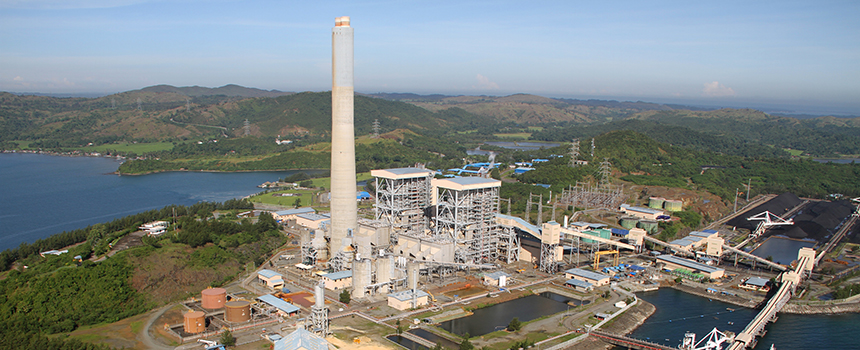Red, Yellow Alerts in Luzon lifted
- June 2, 2021
- 0

The Red and Yellow Alerts imposed on the Luzon Grid were lifted mid-afternoon on Wednesday, according to the Department of Energy (DOE) due to lower power demand and the reactivation of the Sual coal-fired power plant’s 647-megawatt (MW) Unit 2 (photo of plant above).
Sual Unit 2 was particularly synchronized with the grid at 221PM, leading the Red and Yellow Alerts tone called off an hour later.
As of 1PM, the National Grid Corporation of the Philippines projected a total available capacity of 10,746MW and peak demand of 10,505MW for a reserve of 241MW. This is significantly lower compared to the figures posted at 8AM, wherein total available capacity was at 11,260MW and operating requirement was at 11,976MW for an operating deficiency of 716MW.
Energy Usec. Felix William Fuentebella said that weather conditions, particularly Tropical Storm Dante, contributed to the lower power demand.
“Aside from other factors affecting demand, the weather condition affects it. Rule of thumb is one degree Celsius cooler is equal to 100MW,” he said.
Reserves would have been higher if not for the breakdown of Unit 2 of the Pagbilao coal plant with a 382MW capacity. The plant, located in Quezon, was forced to go offline past noon due to a boiler waterwall tube leak.
The Red and Yellow Alerts began on Monday with the bogging down of several major plants in Luzon, most notably GNPower Dinginin in Bataan and Ilijan in Batangas City, which then led to rotating brownouts across the island, including Metro Manila. The rotational outages then lengthened on Tuesday with the total shutdown of the GNPower Mariveles plant, also in Bataan.